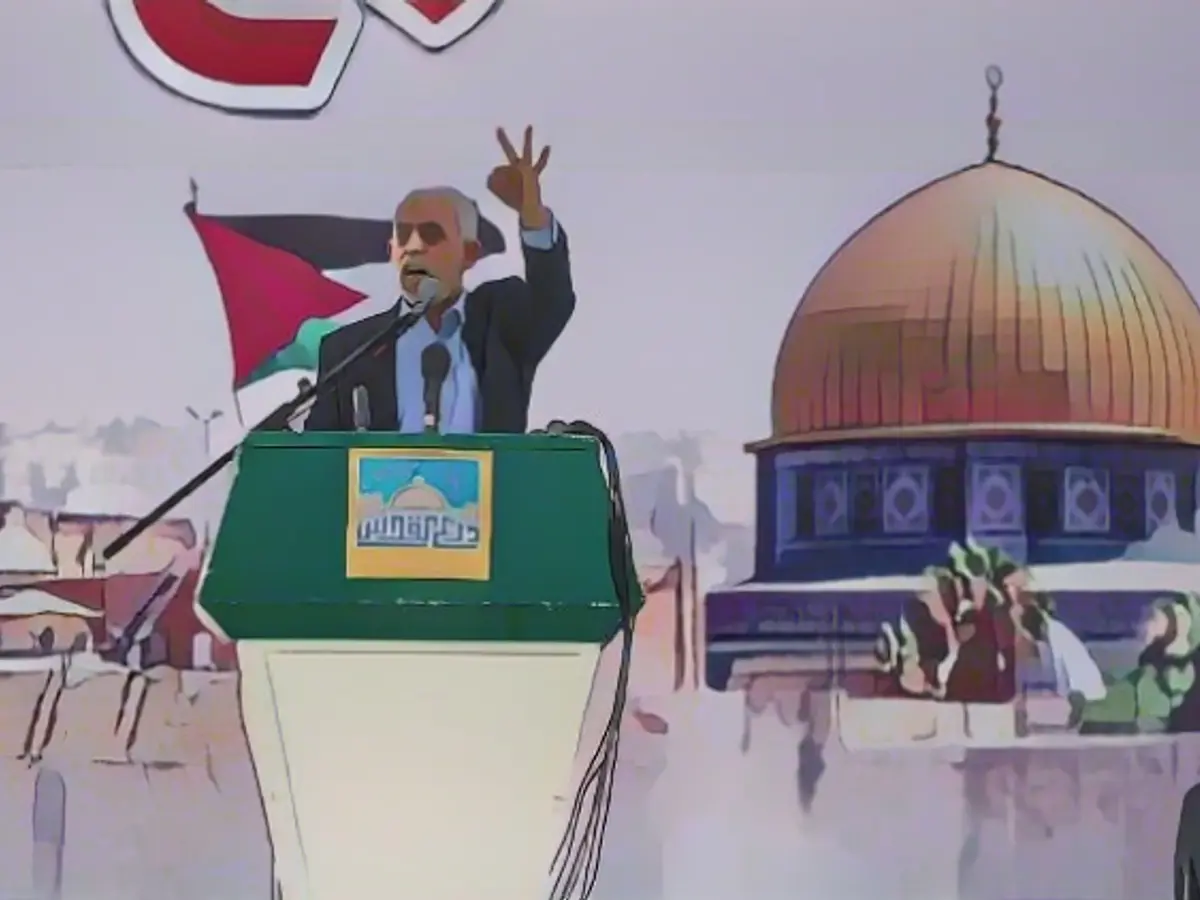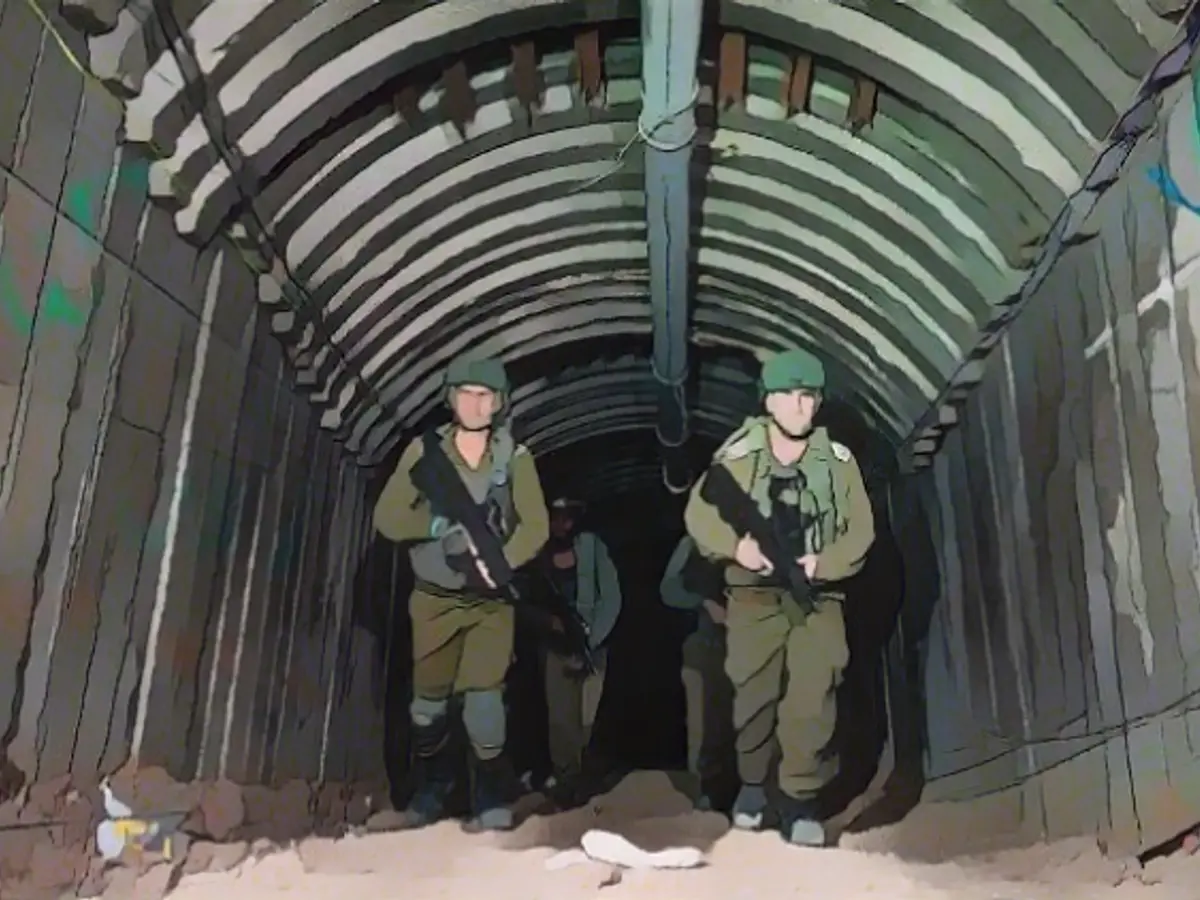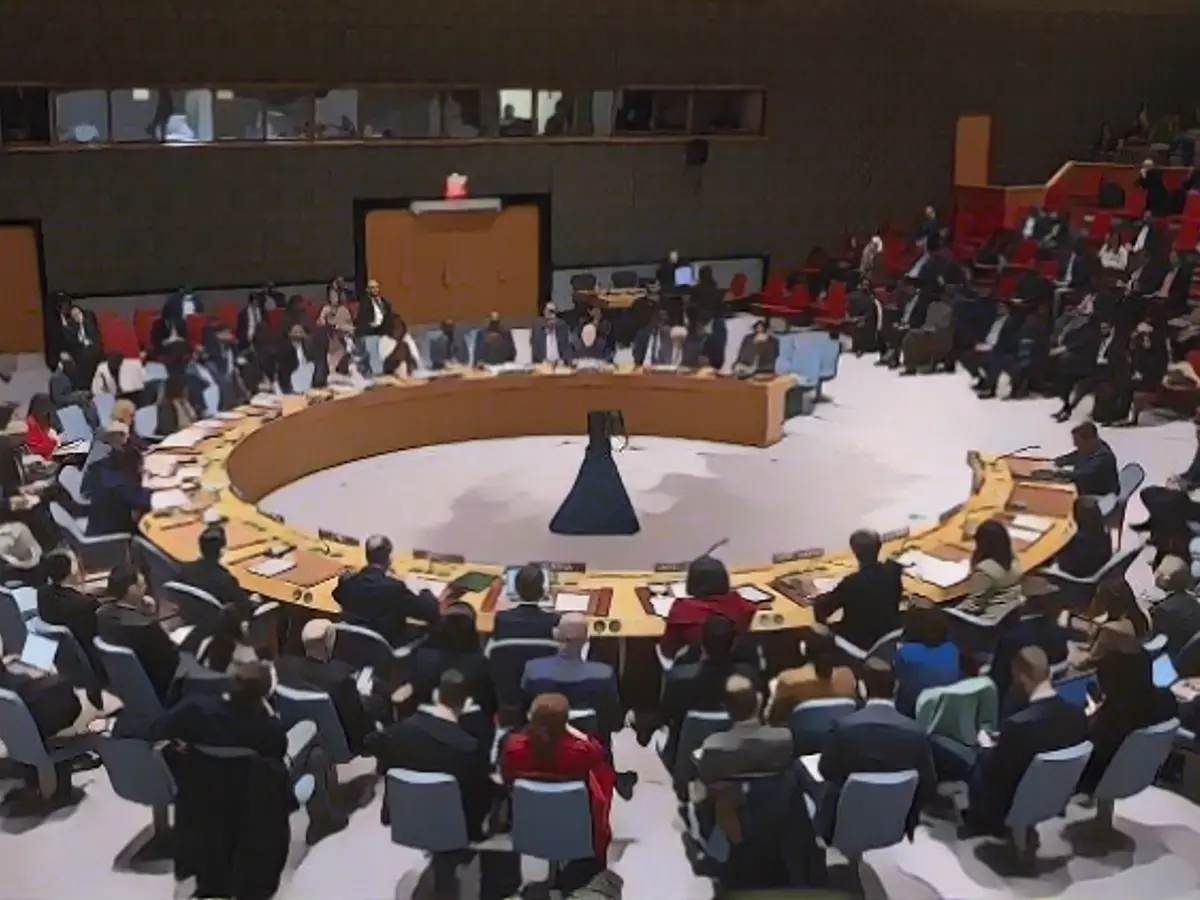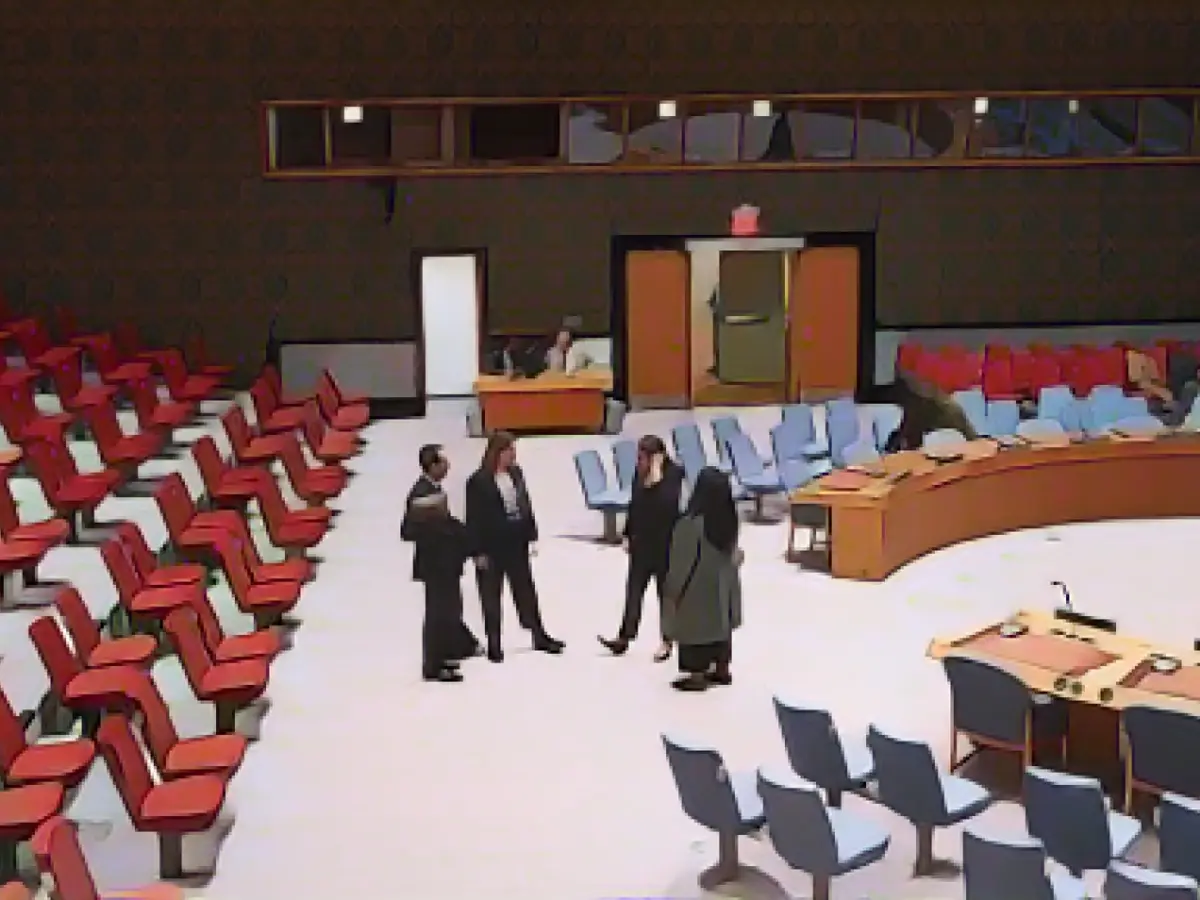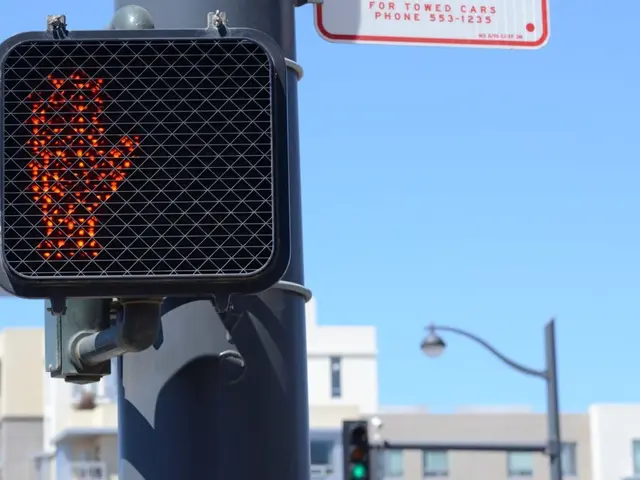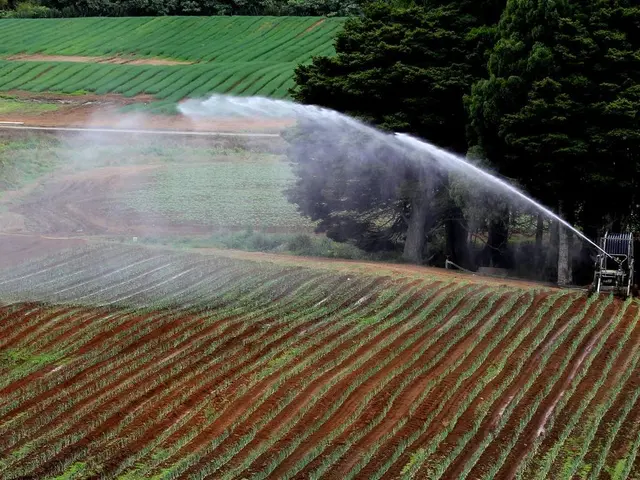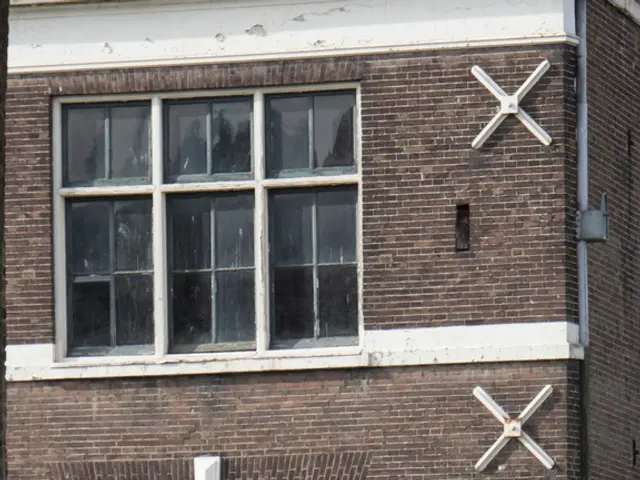Release of First Group of Hostages Brings Mixed Emotions
Fourty-nine days have passed since the abduction of 24 women and children in Gaza Strip, now they are back in Israel. Among the freed individuals, there's a German mother and her two tiny girls. German Foreign Minister Annalena Baerbock hails the day as one of hope but not of complete relief. This event starts a four-day ceasefire in Gaza Strip; an initial batch of 24 Hamas hostages have been set free, including ten Thai and one Filipino citizen. The Israeli group included four dual-nationality individuals with German citizenship, causing immense relief for Baerbock.
However, Baerbock stresses the importance of keeping to the agreed terms and ensuring more hostages are liberated in the coming days. "The release of all remaining hostages, particularly the German nationals among them, matters most." shares the German Foreign Minister. Olaf Scholz, the Federal Chancellor, echoes similar sentiments, expressing gratitude for the first batch of hostages being released but reiterating the need for Hamas to release all hostages unconditionally.
Yoni Asher, a German-Israeli dual national, travels to Berlin in late October; he seeks to address the plight of the hostages. His wife, Doron Katz-Asher (34) and their daughters (aged 2 and 4) are also hostages, taken from Kibbutz Nir Oz. Asher struggles to celebrate when their safety remains uncertain, he stated his emotions in a released video.
Baerbock expresses her gratitude to everyone involved in rescuing the hostages, including Margalit Moses and the Asher family. The Asher family highlights the joy of reuniting, after 49 days of extreme fear, with their loved ones.
President Biden calls for ceasefire extension
The released hostages arrive at Israeli hospitals for medical checks before being welcomed by their families. The released hostages appear to be in good physical condition following their ordeal. The deal between Israel and Hamas outlines the release of 50 hostages and 150 Palestinian prisoners during the initial four-day ceasefire. According to an unnamed source, the release of Thais was not part of the agreement, but a separate negotiation, mediated by Qatar and Egypt. On Friday evening, Israel receives a list of the 13 remaining hostages due for release on Saturday.
Overall, President Biden is hopeful, expecting hostages to be released daily through Sunday and Monday. He also believes in extending the ceasefire if Hamas releases ten new hostages every day. Biden supports a two-state solution to help Israelis and Palestinians live peacefully alongside each other, with dignity.
Celebrations in the West Bank
In exchange for the release of Hamas prisoners, Israel liberates a total of 39 female and juvenile prisoners. However, families of some released prisoners complain about pre-release raids by Israeli police, but the police refuse to comment. In the West Bank, families celebrate the return of their freed prisoners with excitement, and fireworks. Eleven more Palestinians are brought to the annexed eastern Jerusalem.
In Tel Aviv, screens around town display proud, smiling faces of the freed hostages, and many families continue to fret over their still-missing relatives.
The Gaza Strip receives its first relief from air strikes; people return to their borders. Israeli jets drop warning leaflets that the war is not yet over, so they should not return to the north of the coastal strip. The ceasefire also serves to boost humanitarian aid delivery to Gaza, with 200 trucks reaching the region, the largest shipment since the conflict's commencement.
Source:
Insights on the Hostage Release Situation
Current Standing of the Hostage Release Process
The hostage release situation is volatile, with various factors influencing the outcome; here's what's currently happening:
- Recent Developments
- Hamas' Commitment: Despite initial disagreements, Hamas has committed to adhering to the ceasefire and the hostage release agreement.
- Delayed Release: Hamas threatened to postpone the next scheduled release due to alleged Israeli ceasefire violations. However, they plan to release three more Israeli hostages as part of the ceasefire deal.
- Upcoming Release
- Planned Release: On Saturday, February 15, Israel will receive three more hostages, including Iair Horn, Sagui Dekel Chen, and Alexander (Sasha) Troufanov.
- International Community Role
- Mediation Efforts: Qatar and Egypt have been actively mediating the conflict to ensure the deal's terms are met.
- International Pressure: The international community, including the United Nations, pressures both sides to stick to the agreement and avoid renewing hostilities.
Prospects for Full Release
Prospects for full hostage release hinge on Israel and Hamas' commitment to the ceasefire agreement:
- Phase One: Involves the release of 33 hostages over six weeks, with 21 already freed. The remaining 12 hostages are expected to be liberated in subsequent phases.
- Phase Two: Negotiations commence for this phase, aiming to secure the release of 65 remaining hostages, primarily male Israeli soldiers, in exchange for additional Palestinian prisoners and troop withdrawals.
- Phase Three: Focuses on a supervised reconstruction plan, addressing Gaza's future governance and ensuring humanitarian aid continues flowing into the area.
International cooperation and mediation are crucial to maintaining the fragile ceasefire and ensuring the safe release of all remaining hostages.

